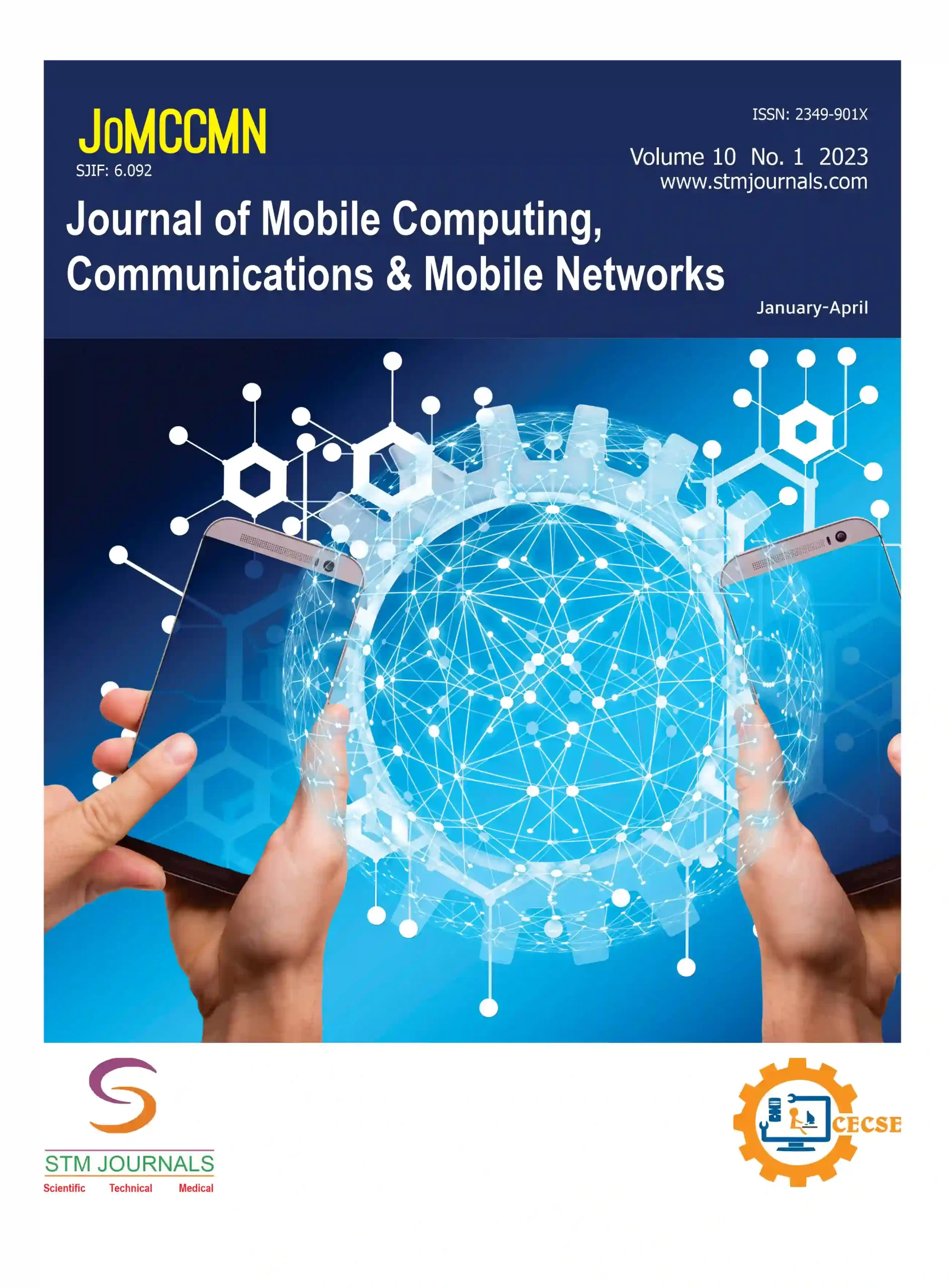
M. Prasad,

Rajarao PBV,

P. Kiran Sree,

P. Gowthami,

K. Ajita Lakshmi,

B. Subrahmanyam,
- Associate Professor Shri Vishnu Engineering College for Women(A), Bhimavaram Andhra Pradesh India
- Associate Professor Shri Vishnu Engineering College for Women(A), Bhimavaram Andhra Pradesh India
- Professor & Head Shri Vishnu Engineering College for Women(A), Bhimavaram Andhra Pradesh India
- Student Shri Vishnu Engineering College for Women(A), Bhimavaram Andhra Pradesh India
- Assistant Professor Shri Vishnu Engineering College for Women(A), Bhimavaram Andhra Pradesh India
- Assitant Professor BVC Institute of Technology & Science(A), Batlapalem Andhra Pradesh India
Abstract
Nowadays everyone uses social media platforms like Twitter, Instagram, Facebook, etc for various purposes. With the help of this, we share our opinions, ideas, and feelings. Generally, the datasets obtained from the internet are constructive, however there is a significant proportion of toxic ones. The datasets are filtered to remove noise and noise is removed in post-processing the study initiates with the upload and preprocessing of a toxic comment dataset meticulously cleaning text by eliminating stop words and special symbols to lay out a standardized corpus the resulting application of count vectorizer captures word occurrences constructing a feature matrix for algorithmic training supervised algorithms including support vector machine SVM logistic regression nave bayes random forest decision tree and k-nearest neighbours KNN are systematically implemented each algorithm undergoes rigorous assessment with accuracy measurements computed to check its proficiency in segregating toxic from non-toxic comments the examination finishes in an accuracy graph visually contrasting the performance of the various supervised algorithms this visual representation helps in identifying the most effective model for online toxic comment classification. The multi headed model consists of toxicity, severe-toxic, obscene threat insults, and toxicity prediction based on confusion metrics the practical implications of this study lie in outfitting a robust tool for online platforms to automatically detect and manage toxic comments adding to a safer and more constructive digital environment.
Keywords: Toxic Comments, SVM, KNN, Multi headed Model, Supervised Learning
[This article belongs to Journal of Mobile Computing, Communications & Mobile Networks(jomccmn)]
References
- Badjatiya, S. Gupta, M. Gupta, and V. Varma. Deep learning for hate speech detection in tweets. Proc. 26th Int. Conf. World Wide Web Companion, 2017, pp. 759–760.
- Prusa, T. M. Khoshgoftaar, D. J. Dittman, et. Al, Using random undersampling to alleviate class imbalance on tweet sentiment data. Proc. IEEE Int. Conf. Inf. Reuse Integr., Aug. 2015, pp. 197–202.
- Warmsley, D.; Waseem, Z.; Davidson, T. et.al. A Typology of Abusive Language Detection Subtasks for Understanding Abuse. The First Workshop on Abusive Language Online Proceedings, 78–84.
- Rustam, M. Khalid, W. Aslam, et. Al. A performance comparison of supervised machine learning models for COVID-19 tweets sentiment analysis. PLoS ONE, vol. 16, no. 2, Feb. 2021, Art. no. e0245909.
- B. Fatima, B. Omar, E. M. Abdelmajid, et. Al. Minimizing the overlapping degree to improve classimbalanced learning under sparse feature selection: Application to fraud detection. IEEE Access, vol. 9, pp. 28101–28110, 2021.
- Rustam, I. Ashraf, A. Mehmood, et. Al. Tweets classification on the base of sentiments for US airline companies. Entropy, vol. 21, no. 11, p. 1078, Nov. 2019.
- Anandarajan, C. Hill, and T. Nolan. Practical Text Analytics: Maximizing the Value of Text Data. Advances Analytics Data Science, vol. 2. Cham, Switzerland: Springer, 2019.
- Raja Rao, P.B.V., Prasad, M., Kiran Sree, P., et. Al. Enhancing the MANET AODV Forecast of a Broken Link with LBP. In: Reddy, V.S., Prasad, V.K., Wang, J., Rao Dasari, N.M. (eds) Intelligent Systems and Sustainable Computing. ICISSC 2022. Smart Innovation, Systems and Technologies, vol 363. Springer, Singapore. https://doi.org/10.1007/978-981-99-4717-1_6.
- Maddula, P. Srikanth, P. K. Sree, et. Al. COVID-19 prediction with Chest X-Ray images using CNN. 2023 International Conference on Intelligent and Innovative Technologies in Computing, Electrical and Electronics (IITCEE), Bengaluru, India, 2023, pp. 568-572, doi: 10.1109/IITCEE57236.2023.10090951.
- Prasad et al., A CNN and TF Techniques Development for Efficient Identification of Floral Recognition. 2024 IEEE International Conference on Computing, Power and Communication Technologies (IC2PCT), Greater Noida, India, 2024, pp. 327-332, doi: 10.1109/IC2PCT60090.2024.10486528.
- Satyanarayana Murty, P.T., Prasad, M., Raja Rao, P.B.V., et. al. A Hybrid Intelligent Cryptography Algorithm for Distributed Big Data Storage in Cloud Computing Security. In: Morusupalli, R., Dandibhotla, T.S., Atluri, V.V., Windridge, D., Lingras, P., Komati, V.R. vol 14078. Springer, Cham. https://doi.org/10.1007/978-3-031-36402-0_59
- K. Sree, P. V. Chintalapati, S. U. D. N, et. Al. Waste Management Detection Using Deep Learning. 2023 3rd International Conference on Computing and Information Technology (ICCIT), Tabuk, Saudi Arabia, 2023, pp. 50-54, doi: 10.1109/ICCIT58132.2023.10273898.

Journal of Mobile Computing, Communications & Mobile Networks
| Volume | 11 |
| Issue | 02 |
| Received | May 3, 2024 |
| Accepted | May 9, 2024 |
| Published | July 5, 2024 |

